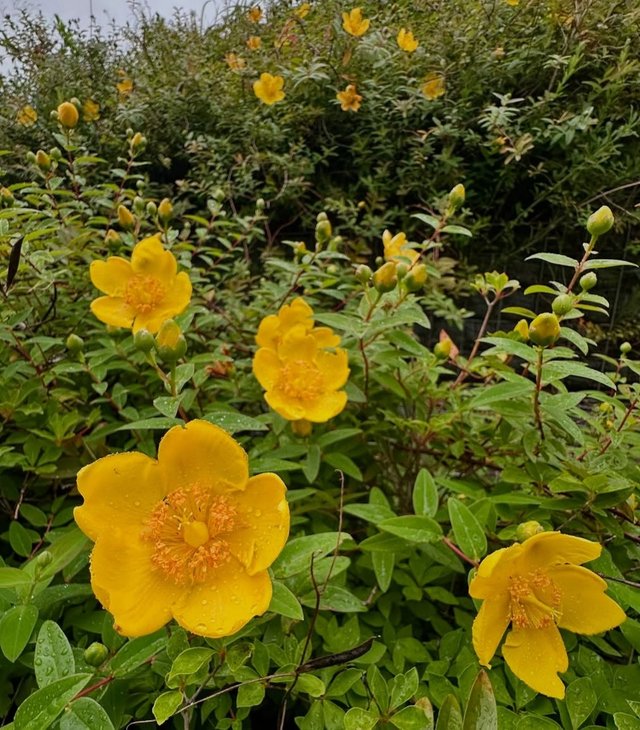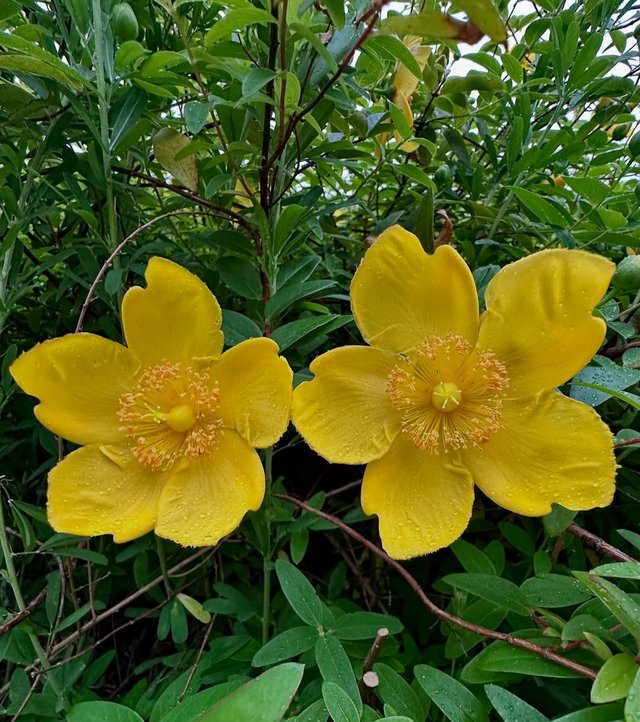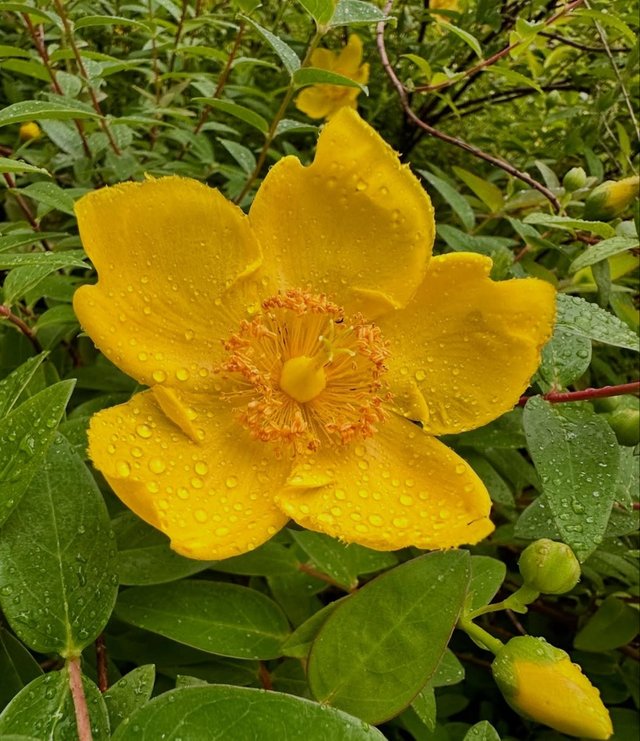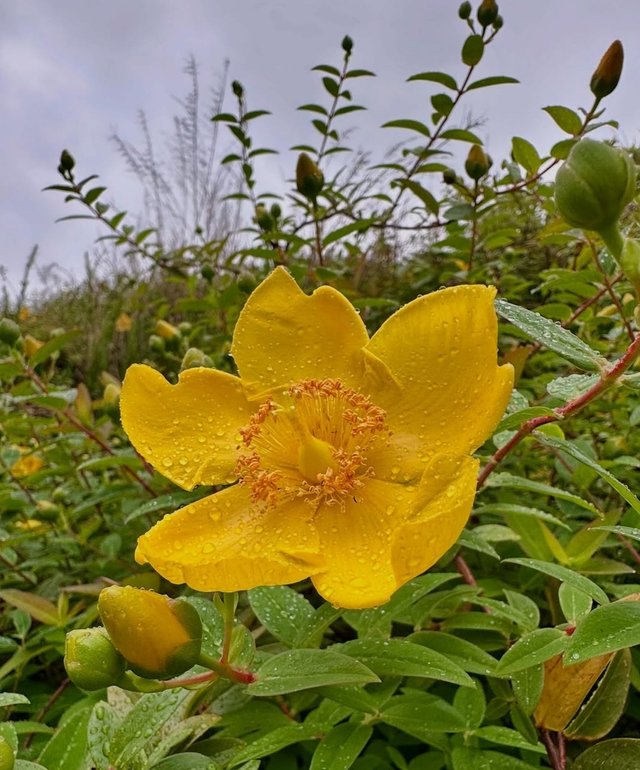Beautiful Yellow Colour Hypericum Ascyron Flower
Exploring Hypericum ascyron: The Giant St. John's Wort
In the realm of medicinal and ornamental plants, few are as captivating and multifunctional as Hypericum ascyron, commonly referred to as giant St. John's wort. This towering, golden-flowered species of the Hypericaceae family is not only admired for its striking appearance but also valued for its traditional medicinal applications and ecological contributions.
Botanical Overview
Scientific Name: Hypericum ascyron
Common Names: Giant St. John's wort, great St. John’s wort, large-flowered hypericum
Family: Hypericaceae
Native Range: Eastern Asia, with naturalized populations in North America
Hypericum ascyron is a herbaceous perennial that can grow between 3 to 6 feet tall, making it one of the largest members of the genus. It is characterized by its erect, stout stems, lance-shaped leaves, and most notably, its large, brilliant yellow flowers, which can measure up to 2.5 inches across. These flowers typically bloom in mid to late summer, attracting a wide variety of pollinators including bees and butterflies.
Key Features and Growth Habits
Leaves: Opposite, sessile, and lanceolate to oblong in shape. They are often dotted with translucent glands, characteristic of many Hypericum species.
Flowers: Five-petaled, bright yellow with numerous long stamens. The central cluster of stamens gives the flower a somewhat explosive, starburst appearance.
Habitat: Prefers moist, well-drained soils in full sun to partial shade. Commonly found along riverbanks, forest edges, and meadows.
Hardiness: USDA Zones 4 to 9, making it quite hardy in temperate climates.
Medicinal Uses and Phytochemistry
Hypericum ascyron, like its better-known relative Hypericum perforatum, has a long history in traditional medicine, especially in East Asia. Various parts of the plant—roots, stems, and flowers—have been used in folk remedies for a range of ailments.




%20(8).jpeg)